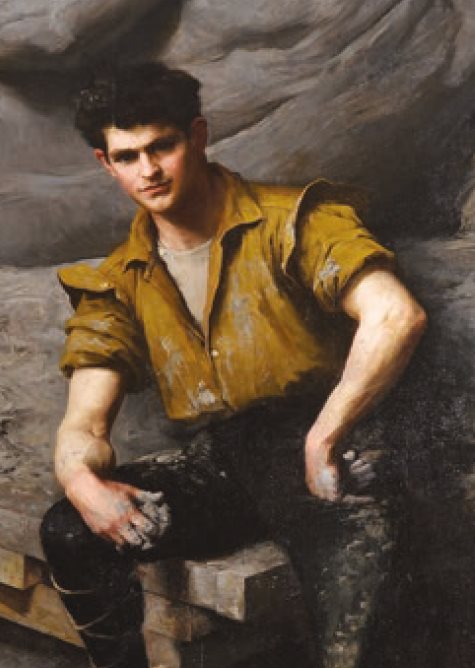Abstract
This paper attempts to interpret the Portrait of Sculptor George Grey Barnard in His Atelier (State Museum of Pennsylvania, Harrisburg, USA), one of the most eminent American sculptors. With the help of archive materials, it was possible to reconstruct the history and reception of this work painted by Anna Bilińska in Paris in 1890 on commission from Barnard’s patron, the millionaire Alfred Corning Clark. The circumstances of the work’s creation served as a starting point for an analysis of the sculptor’s relationship with his patron and the ways in which the artist’s life and work are mythologized in relation to American values: nature, innocence, virility and strength. The model of Barnard’s canonical work, The Struggle of the Two Natures in Man (1894, Metropolitan Museum of Art, New York), played an important role in the development of American sculpture. Bilińska created an image that glorified her sitter’s beauty and physical strength. By comparing her model to Michelangelo, she placed the American sculptor – a new figure at the time – in the context of art history. The painting fits in with the paragone tradition – the rivalry between painting and sculpture, between Bilińska and Barnard. The painter reversed gender relations in the creative process, transforming the man into an object of artistic and sexual desire.

This work is licensed under a Creative Commons Attribution 4.0 International License.
Copyright (c) 2021 Agnieszka Bagińska (Autor)


